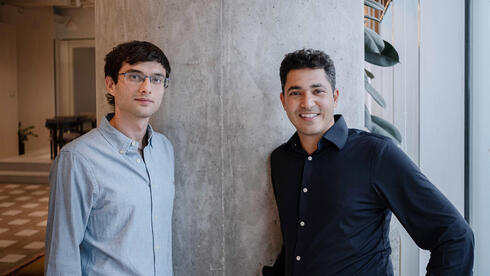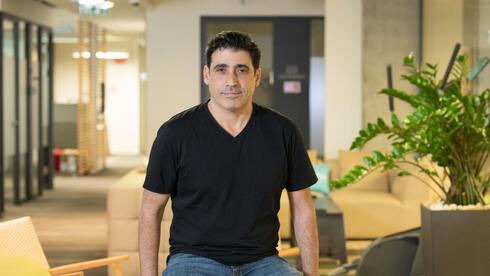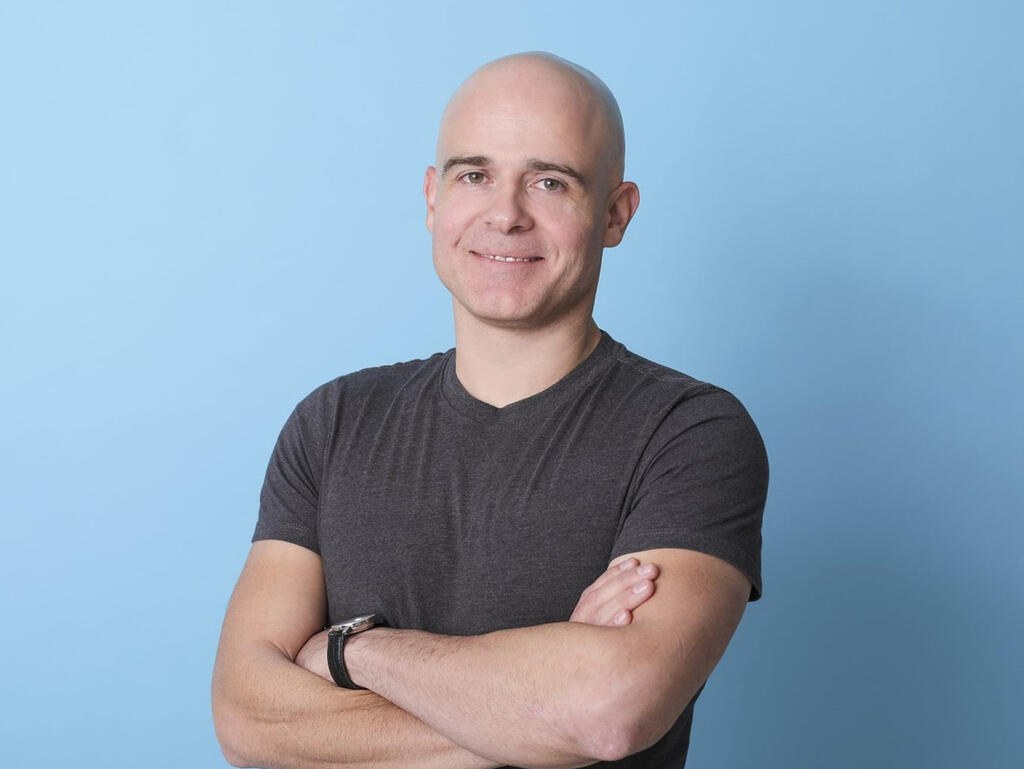
Opinion
Disillusionment from AI will lead to more productivity
"As we move beyond the hype and into practical applications, we're uncovering the true potential of this transformative technology," writes Zeev Farbman, Co-Founder and CEO at Lightricks.
Over the last three years, I've had a front-row seat to the rollercoaster ride of AI development and public perception. I want to share some thoughts on where we are in the AI journey and where we might be headed.
The public discourse around OpenAI and ChatGPT shows that we've reached a tipping point. We're witnessing a shift from hyped and potentially ungrounded expectations to a sense of disillusionment. One tech writer even went as far as to claim that "AI is basically just a homework-cheating machine." But based on past experiences with emerging technologies, I believe the truth lies somewhere in between these extremes.
What we're experiencing with AI perfectly illustrates the Gartner hype cycle. This model describes the recurring social reactions to new technologies through five key stages: a technological breakthrough, inflated expectations, disillusionment, enlightenment, and finally, mainstream adoption.
Consider this: Just a year ago, OpenAI founder and CEO Sam Altman was on a world tour, meeting leaders of different countries, AI was the buzzword, investors were willing to fund big dreams, and everyone was sure the world was on the brink of radical change.
Now, public discussions about AI tend to gravitate towards regulation and lawsuits. Investors are much more cautious. This shift in focus is a clear indicator that we've moved from the peak of inflated expectations to the trough of disillusionment in the Gartner hype cycle.
The disillusionment with AI is also apparent in recent business decisions by tech giants. For instance, in September 2023, Amazon announced plans to infuse Alexa with new AI capabilities that would make it 'smarter.' Almost a year later, the release date was updated to October 2024. News reports suggest the delays were due to quality issues. This is one example of peoples’ disappointment that AI technologies haven't lived up to their early expectations. However, when I look at Lightricks and other companies in the field, I'm reminded of how important the Gartner hype cycle is in building realistic expectations in a rapidly evolving technological environment.
Exactly two years ago, in August 2022, we at Lightricks announced our first text-to-image capabilities. It was one of the first generative AI use cases made available to the public. Today, similar capabilities can be found in various places, from new startups focusing on such use cases to more established companies adding them as features. This proliferation might lead some to disillusionment or to thinking that while text-to-image is fun, it's hardly worth the hype that existed around generative AI in the first place.
Reality is, of course, more nuanced. The initial hype was justified - it's not every day that we witness a world-changing technological breakthrough. At the same time, people's disappointment when the world didn't change overnight is also understandable. This is why everyone must understand where we are today and where we're headed: we're currently in the fourth stage of the cycle, experiencing a gradual slope of enlightenment.
Mark Zuckerberg recently said we have “five years of product innovation until people figure out how to use everything that's already out there." This resonates strongly with what we're experiencing at Lightricks. Within our Tech and Research teams, not a week goes by without reaching yet another understanding of how Large Language Models (LLMs) and generative AI frameworks can be used to increase our productivity and enhance human creativity. Simultaneously, our product, data, and marketing teams are discovering how to turn these technological breakthroughs into user-friendly products that can make a real difference in people's lives.
As we navigate the current limits of AI technology, we're constantly thinking of innovative ways to use what we have to build incredible products. Our goal is to increase humanity's productivity and creativity as AI-based tools become an integral part of our daily routines.
The journey of AI is far from over. In fact, I believe we're just getting started. As we navigate this slope of enlightenment, I'm more excited than ever about the potential of AI to transform our world - not overnight, but gradually and meaningfully. Let's embrace this journey with realistic expectations and unwavering enthusiasm for the possibilities that lie ahead.
At Lightricks, we're committed to being at the forefront of this transformation, creating tools that harness the power of AI to unlock new realms of creativity and productivity. We invite you to join us on this exciting journey as we continue to explore and shape the future of AI in creative technology.
The road ahead for AI is paved with both challenges and opportunities. As we move beyond the hype and into practical applications, we're uncovering the true potential of this transformative technology. The future of AI lies not in overnight revolutions, but in the gradual, meaningful improvements that will reshape our world in ways we're only beginning to imagine.















